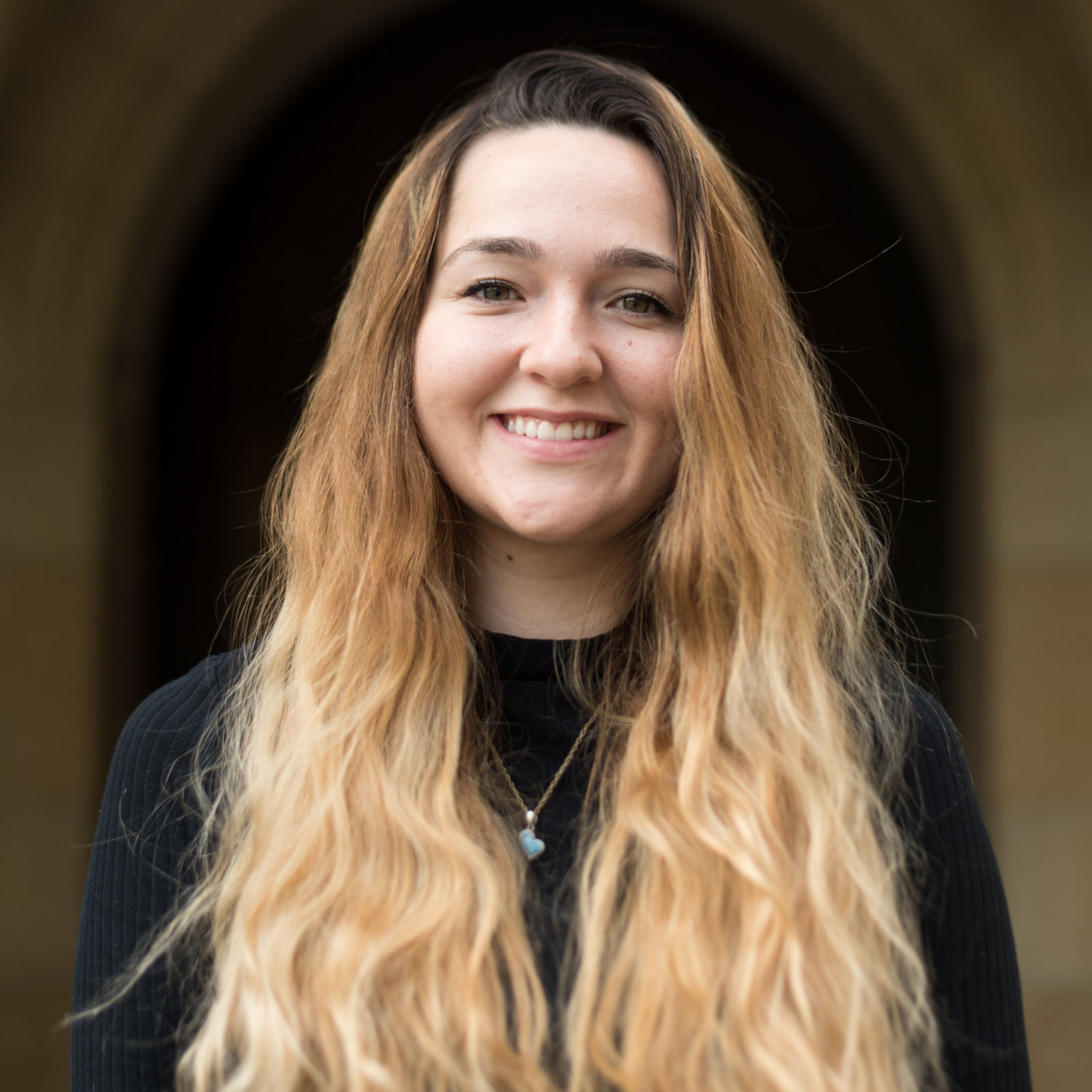The Copy Shop: How the Associated Press managed to create editor Morse code

(Nicole Nobre/Daily Bruin)

By Olivia Fitzmorris
Nov. 9, 2018 12:24 p.m.
Welcome to the Copy Shop – the platform for members of Daily Bruin Copy to rant about the Oxford comma, discuss sensitivity in mass media and attempt to generally demystify the mind-boggling and all-too-misunderstood world of the copy editor.
You won’t find “CA” standing for California in any Daily Bruin stories.
Sure, the abbreviation is good enough for the U.S. Postal Service. It’s perfectly fine for college essays written in MLA style, and it certainly gets the job done for just about every other person in the world who gets tired of typing the whole thing out.
But at the Daily Bruin, we have a different standard. Our paper – like just about every other major news organization in the nation – pays its respects to one guide and one guide only: Associated Press style. When the AP Stylebook says to use “Calif.,” we use “Calif.” Even media giants such as the Wall Street Journal and the Washington Post bow down to AP, and they’ve been doing so for decades.
Since its inception, AP has had the final say in debates of grammar, style and even headline-writing. Why? Because they were the organization that sent newspapers their information in the first place.
In 1846, five major newspapers in New York pooled their resources to more cheaply obtain coverage of the Mexican-American War and deliver it back to the East Coast. When the method proved efficient and profitable, it led to the official formation of the Associated Press of New York in 1848. The Associated Press grew in reach and influence, eventually selling their wire services to outside newspapers for a fee.
By 1914, the AP had 100 member newspapers across the U.S., and over the decades, demand continued to expand. With such a large client base, information from the wire service had to be unbiased and objective so as not to alienate newspapers of various political leanings. As a result, the Associated Press packaged news in the most straight-forward, objective manner possible, and that was the standard of the industry.
As AP fed information to news organizations over the years, its choices in everything from abbreviating California to formatting Jay-Z’s name have stuck. Taking advantage of this influence, the cooperative has been selling “The Associated Press Style Book” to the public since 1953 – and in recent years they’ve gone digital, offering a mobile application and an online subscription. Since 2009, AP has even run a Twitter page with the handle @APStylebook, which further explains and resolves users’ confusion over various entries.
Copy editors at the Daily Bruin are all too familiar with the AP Stylebook, constantly referencing our online subscription and occasionally one of the spiral-bound copies strewn about the newsroom. In fact, one of our greatest roles – in addition to correcting grammar, considering sensitivity, polishing the paper and synthesizing stories in headlines – is to boldly defend and enforce AP style among student journalists at The Bruin.
Most of the time, we at the Copy desk greatly appreciate this ultimate cheat sheet to news writing. From personal experience, I can say that after five hours of editing, your brain hurts too much to fret over whether or not to use “downtown” or “Downtown.” And when inexperienced writers scatter “3” and “three” and “thirteen” all over their story, it’s nice to have a guideline.
Of course, the most notable accomplishment of AP style is its obliteration of the most dastardly character in the English grammar: the Oxford comma. Good riddance.
While we greatly value the assertive protocol of this all-knowing style guide, some entries still leave us scratching our heads. Isn’t it weird to hyphenate “baby-sit?” I have to say “T-shirt” on first reference and then “tee” afterwards? Most surprising, we abandon the last-name precedent when the person is less than 15 years old?
In these moments, copy editors have to question if knowledge accumulated throughout 100 years of news reporting is always relevant for our readers today. Occasionally, we depart from the all-powerful AP guide, and use a little something called Daily Bruin style. For example, AP style calls for the Democratic Republic of Congo to be referred to as the “Congo,” while the neighboring nation, the Republic of Congo, would receive its full title. As a news organization, we value using the full and correct names of countries, respecting consistency and also reducing confusion. AP, we think your entry on the “Congo” deserves another look.
We also depart from AP style in something near and dear to the heart of the paper: our own name. Sometimes we drop the formal title and go by “The Bruin.” After providing readers in the UCLA community with timely, reliable news coverage for nearly 100 years, we think we’ve earned the right to a nickname.
Still, AP Style remains the copy editor’s bread and butter. Sure, we are sad to say goodbye to the word “towards,” but at the end of the day – or rather at the end our shift at 2:00 a.m. – we’re happy to ditch the “s” to keep our language consistent and to embrace the official writing style of journalism.
Even as I grumble that AP style pulled “Calif.” out of thin air, I’m grateful for the uniformity and professionalism that the style lends to our paper. It’s one of many things the Daily Bruin strives to have in common with powerful publications – such as the Washington Post and The Wall Street Journal – which have used their reporting to change the course of American history. AP style has evolved to be not just a grammar guide, but a code upheld by reporters across the globe.
Copy editors, after all, work toward a common goal: To empower and educate the general public by providing them with coverage of significant events – free of bias, inaccuracy and of course, Oxford commas.


